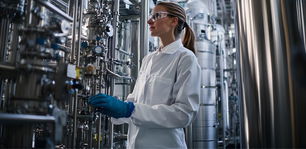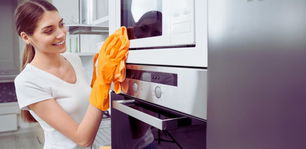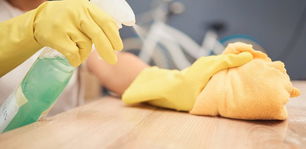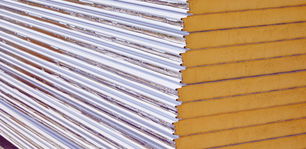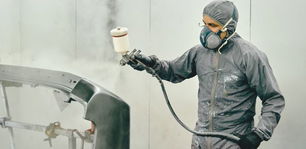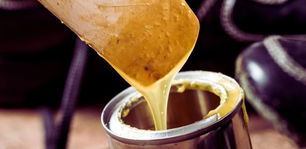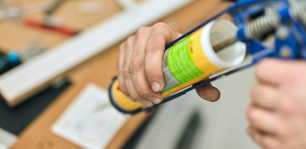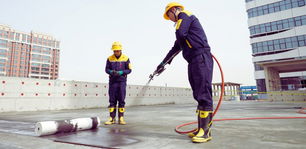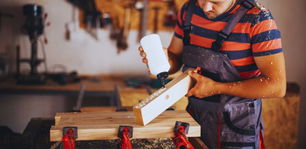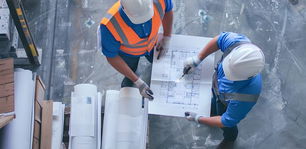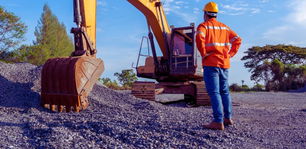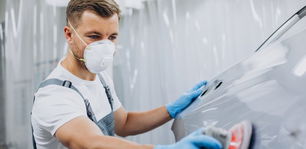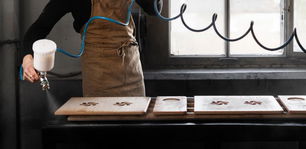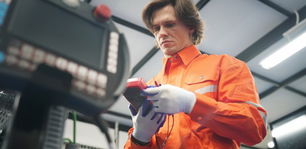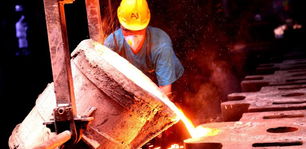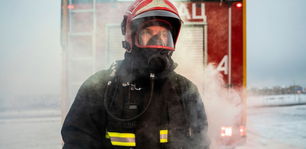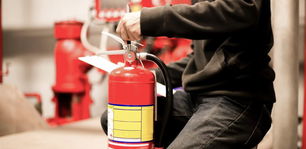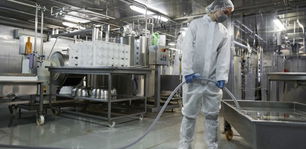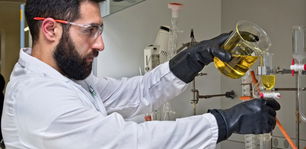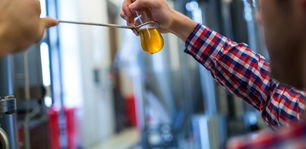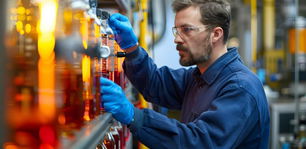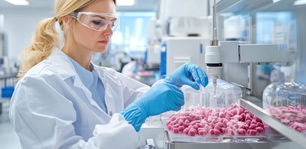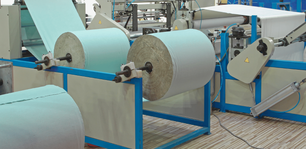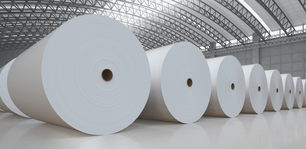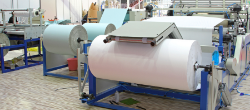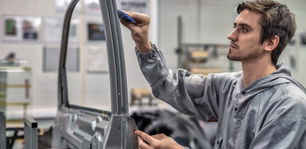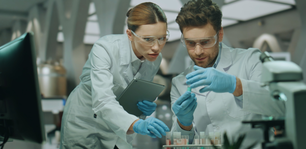By definition, chemical activity is the ability of an element to donate electrons in chemical reactions. In practice, their activity increases with decreasing electronegativity - a measure of an element’s ability to attract electrons. If a metal does not attract electrons strongly, it is more reactive. A reference element, hydrogen, is used to classify the chemical activity of metals. A measure of a metal’s activity is its ability to displace hydrogen from acids or hydrogen from a water molecule.
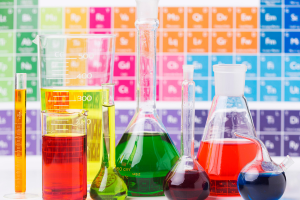
Chemical activity series of metals
This term is used to describe the summary of chemical elements that are metallic in nature, in a specific order from least to most chemically active. This is used to compare the activity of different metals. In addition to metals, the chemical activity series also includes one non-metal, hydrogen, which is the reference element.
The higher up in the activity series a metal is, the more reactive it is. It is also related to the fact that it is more easily oxidised and therefore a stronger reductant and a more chemically active element. In contrast, the lower in the activity series a metal is placed, the less reactive it is. This means that it undergoes a reduction reaction more easily and is therefore a stronger oxidant, a less active element.
Using the values shown in Table 1, we can see that the lower the value of the standard potential of an element, the stronger the reductant and the more chemically reactive the metal. A measure of the ability to donate electrons in a range of metal activities is their standard potential value. For hydrogen, or rather the hydrogen electrode, the standard potential is assumed to be zero. The standard potential is the electromotive force of a cell made up of a standard hydrogen half-cell and the other half-cell in which the concentrations of substrates and products are 1 mol/dm3.
| Electrode | Standard potential [V] |
| Li/Li+ | -3.04 |
| Ca/Ca2+ | -2.86 |
| Mg/Mg3+ | -2.36 |
| Al/Al3+ | -1.69 |
| Mn/Mn2+ | -1.18 |
| Zn/Zn2+ | -0.76 |
| Cr/Cr3+ | -0.74 |
| Fe/Fe2+ | -0.44 |
| Cd/Cd2+ | -0.40 |
| Co/Co2+ | -0.28 |
| Ni/Ni2+ | -0.26 |
| Sn/Sn2+ | -0.14 |
| Pb/Pb2+ | -0.14 |
| Fe/Fe3+ | 0.04 |
| H2/2H+ | 0.00 |
| Bi/Bi3+ | +0.32 |
| Cu/Cu2+ | +0.34 |
| Ag/Ag+ | +0.80 |
| Hg/Hg2+ | +0.85 |
| Au/Au3+ | +1.52 |
Table 1. Electrochemical series of metals
The metals visible at the top of the series are the most active. Those above hydrogen tend to oxidise easily and are therefore stronger reducing agents than hydrogen. Elements below hydrogen in the series are more easily reduced and are stronger oxidisers. If a metal has a more negative potential than another, this means that it will displace it from its salt. For example, iron will displace copper in copper salts, but copper will not displace iron from its salts. Instead, it can displace silver from silver salts. Lithium and beryllium from solutions of salts of other metals do not displace them, but react directly with water. They displace hydrogen and produce their compounds – hydroxides. Such metals are called active metals.
Metal activity and the periodic table of elements
Like many other properties, the chemical activity of an element can be deduced from its position in the periodic table. The most active metals are those in groups I and II, as they easily displace hydrogen from water to form hydroxides. In the group, the chemical activity of metals increases with increasing atomic number. The period decreases as the atomic number increases.
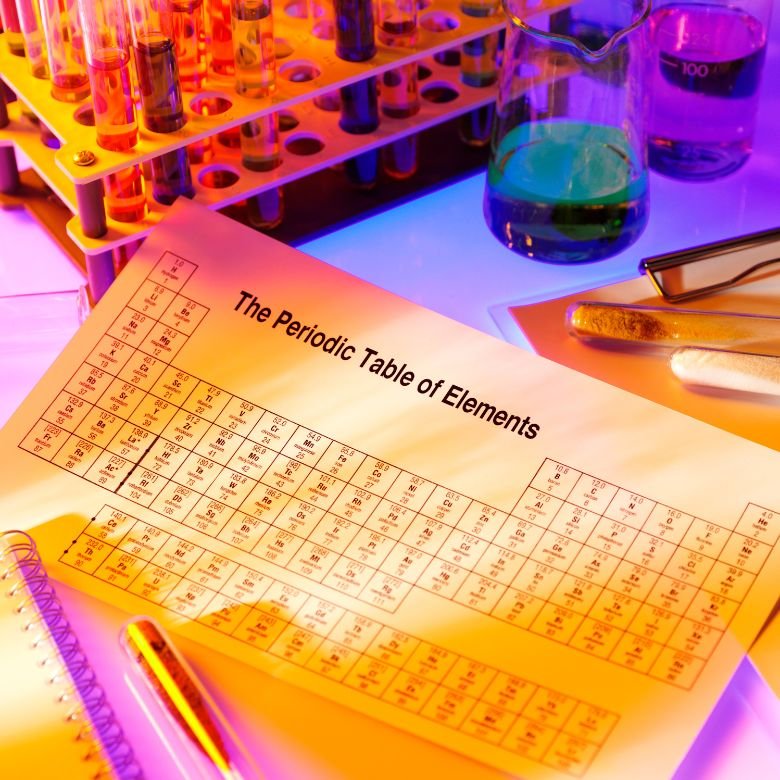
Precious and base metals
Hydrogen not only provides a reference point of activity, but also separates precious and base metals in the series. Base metals are those above hydrogen. Each reacts with acids, displacing hydrogen from them. From potassium to calcium they react with water already at room temperature, and from magnesium to iron they react with it at elevated temperatures.
All metals that are below hydrogen in the activity series do not displace hydrogen from acids. However, they can react with oxidising acids to form the corresponding salts and oxides, which are formed by reducing the acid residue.
The elements at the bottom of the series, from silver to gold, are so highly resistant to chemical reactions that they only react with aqua regia. Such a solution is a mixture of a concentrated solution of hydrochloric acid and a concentrated solution of nitric acid (V), mixed in a volume ratio of 3:1. Knowing these facts, we can deduce that several reactions can be carried out to distinguish the activity of the element: with water at room temperature, with hot water, with non-oxidising acid, with oxidising acid and with aqua regia.
Experiment to detect metals displacing hydrogen from acids
The easiest way to confirm metal activity is to carry out an experiment. To do this, ten test tubes should be prepared in which the following will be placed successively: in 1-5: magnesium ribbon, zinc wire, iron wire, nickel wire and copper wire. The same order should be repeated in tubes 6-10. Add a few millilitres of hydrochloric acid to tubes 1-5 and a few millilitres of dilute sulphuric acid (VI) to tubes 6-10. Apply a burning splint to each tube. In test tubes that contain magnesium ribbons and iron, zinc and nickel wires, flooded with acids, gas bubbles are emitted. The most intense release can be observed in tubes containing magnesium. The reactions that take place are as follows:

The amount of gas emitted decreases in the series: zinc, iron, nickel. The following reactions take place accordingly:

In tubes that contained copper wires, no gas is visible, no change. This means that such reactions do not occur:

When a burning splint is applied, a distinctive sound is heard in the tubes from which the gas is emitted.
Summary of observations and conclusions:
Magnesium, zinc, iron and nickel react with both hydrochloric acid and sulphuric acid (VI). Each displaces hydrogen from the acid, which means that they are higher up in the metal activity series than the acid. The reactions produce products in the form of salts and a gas, hydrogen, which is released.
The distinctive sound that accompanied the application of a glowing splint to a test tube of escaping gas is caused by the reaction of hydrogen with oxygen.
Of all the metals tested, magnesium is the most reactive, followed by zinc, iron, nickel and copper. We can tell because the intensity of the gas bubbles indicates the activity of the metal.
No changes were observed in tubes that contained copper. This shows that copper is unable to displace hydrogen from either hydrochloric acid or dilute sulphuric (VI) acid.



